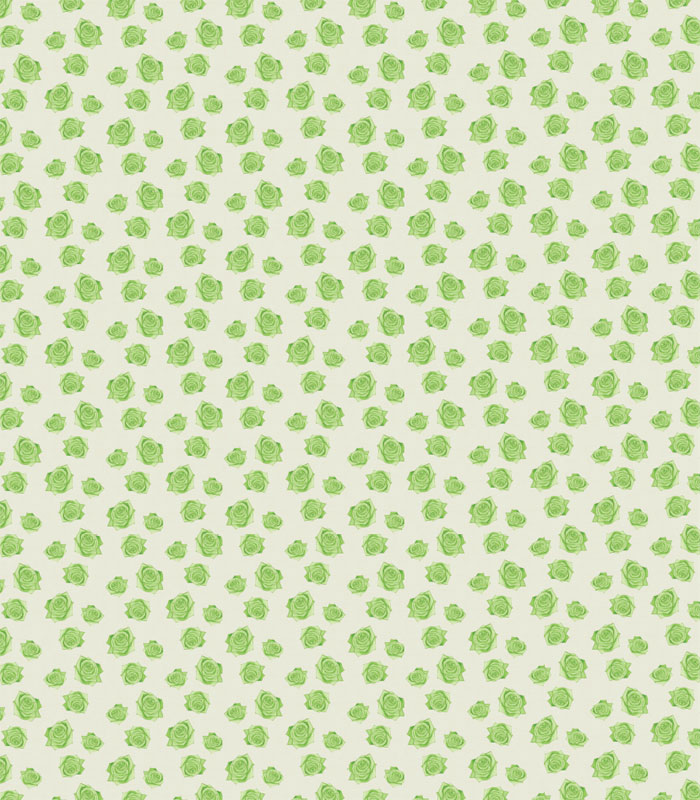
Selecting a limited number of dishes for this book has been a tricky task. Vietnam’s street food is as diverse as the country itself: a country that boasts highlands of a rugged beauty and a 3000-kilometre coastline, Indochina’s highest mountain and two deltas, the sprawling metropolises of Hanoi and Ho Chi Minh City, and a countryside that is home to 54 ethnic groups.
First and foremost, the recipes in this book represent the food we love to eat on the street. At the same time, we tried to balance the selection by choosing dishes from across the country as well as covering a variety of different cooking methods, ranging from deep-frying to dry-steaming. No book on Vietnamese street food would be complete without classics such as bun cha or pho ga, but we also included some equally delicious, lesser-known dishes such as duck rice porridge, and tofu and green bananas with turmeric.
We have divided the recipes into seven chapters – five on savoury dishes, one on sweets and a separate section on the various dipping sauces and condiments that accompany every Vietnamese meal. The dipping sauces are generally constructed around fish sauce, vinegar or lime juice, and sugar. The ratios depend on the dish with which the sauce is being served and each recipe has a cross-reference to the correct dipping sauce.
The first chapter is dedicated to spring rolls, probably Vietnam’s most wellknown culinary export. Prawn and pork are the varieties most often served in Vietnamese eateries outside the country, but almost every region in Vietnam has its own distinct signature roll or wrap.
The next two chapters group recipes where the preparation requires slightly more effort, but the results are rewarding. Grilling and roasting, and boiling and steaming, are very popular with marinated meats and poultry, and the charcoal barbecue dishes make great beer food – ideal for summer grill parties in the backyard.
The chapter on stir-frying and deep-frying describes the most popular cooking methods on the streets. The ingredients come together quickly and all that is needed is one cooking station, sometimes nothing more than a wok and a piece of honeycomb charcoal in a tin can. Similarly, the final section on baguettes and salads focuses on dishes that are easy to prepare with access to limited cooking facilities.
Rice is essential in any Vietnamese meal, but cooking steamed rice can be difficult on the street. Many street food specialities use sticky rice, which is traditionally eaten for breakfast or as a late-night snack. Another alternative to steamed rice is rice noodles, which are very transportable and can be eaten cold or heated up in a broth. We have described some of the different kinds of noodles, ranging from the soft, fresh bun (vermicelli) to the dried, very thin mien (cellophane noodles), in the glossary, along with the herbs that give the Vietnamese dishes in this book their distinct aroma.
The recipes finish with sweet dishes. Traditionally, the Vietnamese don’t eat desserts at the end of a meal, preferring freshly cut fruit. That is not to say that they don’t have a sweet tooth, which is satisfied with snacks in between meals. In the cooler climate in the north, these often take the form of sweet soups, which make perfect winter warmers.
Street food is fast food. Once the ingredients have been set up, putting the dishes together is quite quick and easy. Unpretentious, fresh and with an emphasis on flavour over presentation, they are ideal for casual dining and summer picnics.
The recipes in this book are designed for six diners. Unlike other Vietnamese recipes that form part of a banquet, street food dishes are traditionally eaten on their own. However, the recipes can be combined to make a larger meal. For a sit-down dinner for six to eight people, we recommend selecting about six dishes from the various chapters in order to give a good cross-section of cooking methods.
